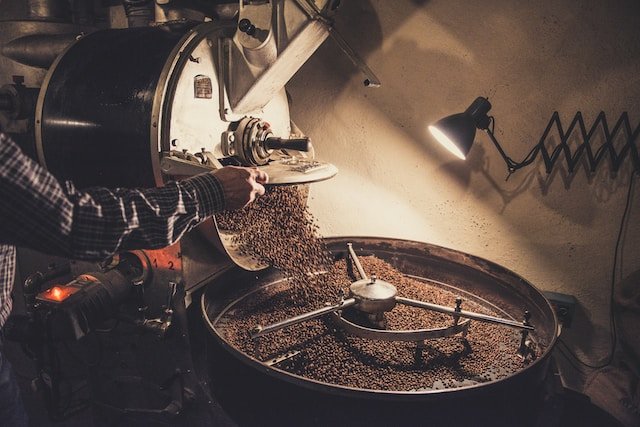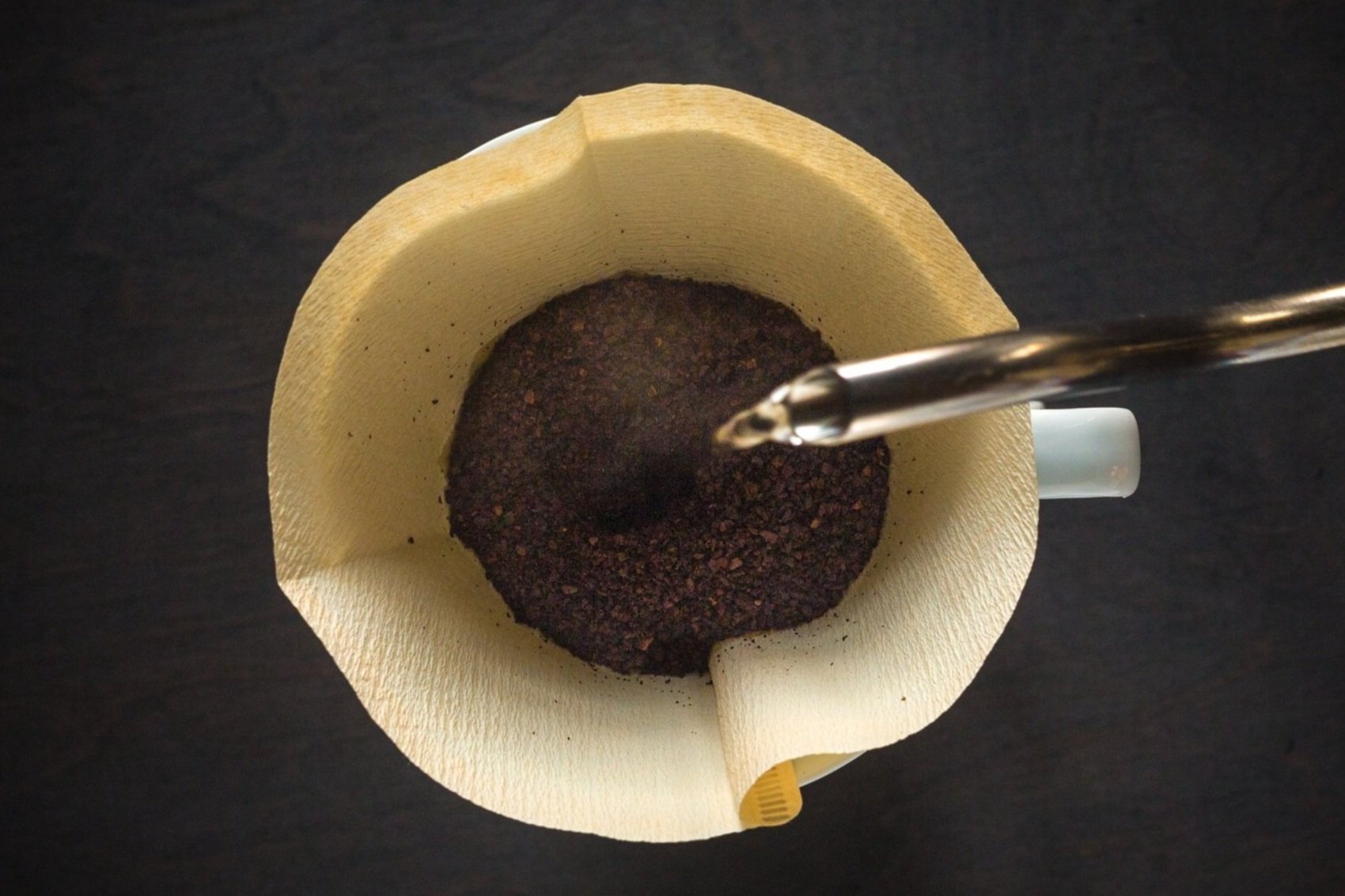
As an avid science student, I always wondered what exactly is happening when one brews their favorite drink. In this article, let us understand what specifically happens chemically in the overall process of making coffee. I am sure we both will learn something new and enrich our knowledge about coffee. Maybe we can even dazzle our friends with the newly acquired knowledge
The chemistry behind coffee making involves a series of complex chemical reactions extracting desirable flavors, aromas, and compounds from coffee beans. The process of making coffee typically involves brewing, which can be done through various methods such as drip brewing, espresso extraction, French press, and more.
Table of Contents
- What happens during roasting of coffee beans?
- What happens during grinding of coffee beans?
- What happens during extraction/brewing of coffee?
- What is the chemical formula of coffee?
- Where does the coffee smell come from?
What happens during roasting of coffee beans?
One of the first steps while making coffee is that of roasting the beans. Roasting does trigger a specific chemical reactions. During roasting, Maillard reaction and caramelization occur. We all know about caramelization (browning of sugar!) but infact, Maillard reaction is also a very common occurrence in cooking. It is responsible for colors, flavors in foods – example browning of meats when seared or grilled, umami taste in fried onions and the aroma created during coffee roasting.

The Maillard reaction involves the interaction between amino acids (from proteins) and reducing sugars, producing compounds that contribute to the coffee’s bittersweet and complex flavors.
Strecker Degradation significantly affects the coffee taste as well. The actual reaction is transforming an amino acid into an aldehyde, ammonia, and CO2 when an oxidizing agent is present
What happens during grinding?
Grinding the coffee beans into fine particles help increase the surface area of the coffee. This becomes a significant scientific step in coffee making process. As the surface area increases, the interaction between inner coffee particles and outside environment begins. And oxidation begins. The race begins. The carbon dioxide released and stored during roasting process starts releasing which slows the oxidation rate.
The chemical changes during the coffee grinding process involve the release of aromatic compounds, increased exposure to oxygen leading to oxidation, and the preparation of coffee particles for efficient extraction. The balance between grind size, extraction time, and brewing method is essential for achieving a well-rounded and flavorful cup of coffee.
What happens during extraction?
Coffee extraction seems simple. We have done it a thousand times. It is basically dissolving various compounds present in coffee ground into hot water. But, of course there are many variables, Ratio of coffee to water, temperature, extraction time – all play a significant role. However, let us look at what is happening chemically?
There is an order to how flavors are extracted. First, it is the acids in the coffee ground. At atomic level acids are simplest, and can get easily dissolved into water. They are also sour – we might remember our diluted HCL in chemistry class. Well, i tasted it once in 8th grade! Next, are the oil and fats, which dissolve as they need more time due to relatively complex molecular bond structure. They also add more body and fruity, flowery taste to coffee

Next, sugars which are more complex chemically are extracted from the coffee grounds. And, last but not the least is the most important taste of coffee – the bitterness. That comes from the plant fiber which gets dissolved last into the water
What is the chemical formula of coffee?
C8H10N4O2
8 atoms of Carbon, 10 atoms of Hydrogen, 4 atoms of Nitrogen, and 2 atoms of Oxygen!
The official Chemical makeup of coffee is 2-3% of Caffeine, 13% Protein, 3-5% tannin, and 10-15% fixed fat
Caffeine (1,3,7-trimethylxanthine, “Caffeine”) is the main alkaloid component in coffee fruits and the source of the bitter taste of coffee.
With a pH between 4.5-5 depending on its concentration, coffee is only slightly acidic.
Where does the coffee smell come from?
As discussed, the aromatic smell of coffee comes from a complex mixture of volatile compounds released during the roasting, grinding, and brewing process.
For those inclined chemically, the Maillard Reaction (reaction between amino acids and reducing sugar) gives rise to a sweet, nutty, caramel-like aroma.
Strecker Degradation Compounds contribute to the scents reminiscent of bread, nuts, and chocolate. Furanones and Lactones specifically enhance the sweet and caramel-like aromatic profile, while Pyrazines are responsible for the nutty and toasted aroma
Coffee oils and lipids further give a rich sense of smell to the chosen coffee beans
We describe the above as Caffeol – a term used to describe the mixture of aromatic compounds.
Caffeol is composed of
- Aldehydes (nutty and fruity aromas)
- Ketones: (sweet and fruity)
- Alcohols (floral and sweet fragrance)
- Phenols (smoky and earthy)
- Esters (fruity and floral)
- Pyrazines (nutty, cocoa, and toasted aromas)
- Thiols(sulfur-containing compounds with more pungent and sulfurous notes in coffee’s aroma)
- Furanones and Lactones (sweet and caramel-like aromas)
In summary, the chemistry and science behind coffee encompasses complex reactions ranging from solubility, dissolution, emulsification, and the release of volatile aromatic compounds. The interaction of beans, roast, grind, method, and chemical reactions create a symphony of flavors that makes the experience of sipping coffee enjoyable from the first whiff to the last drop. Coffee’s chemistry ensures an experience that tantalizes taste buds and makes every cup a joy!
